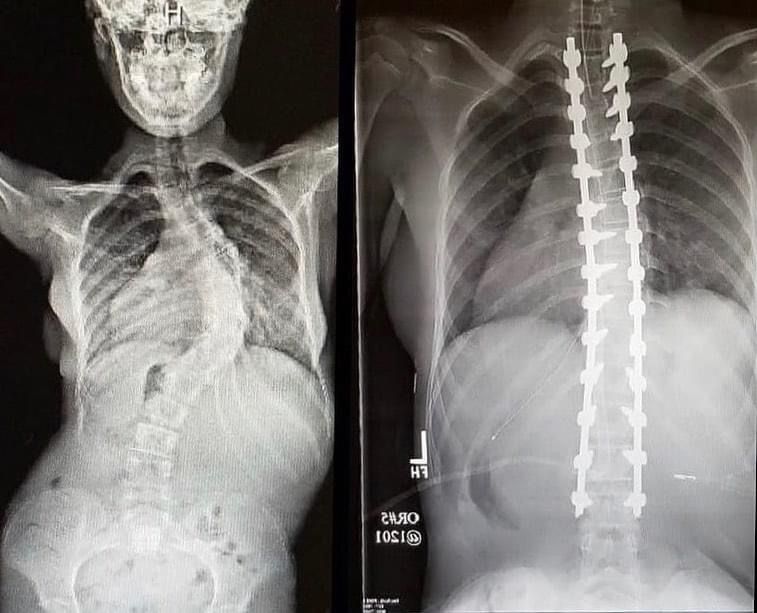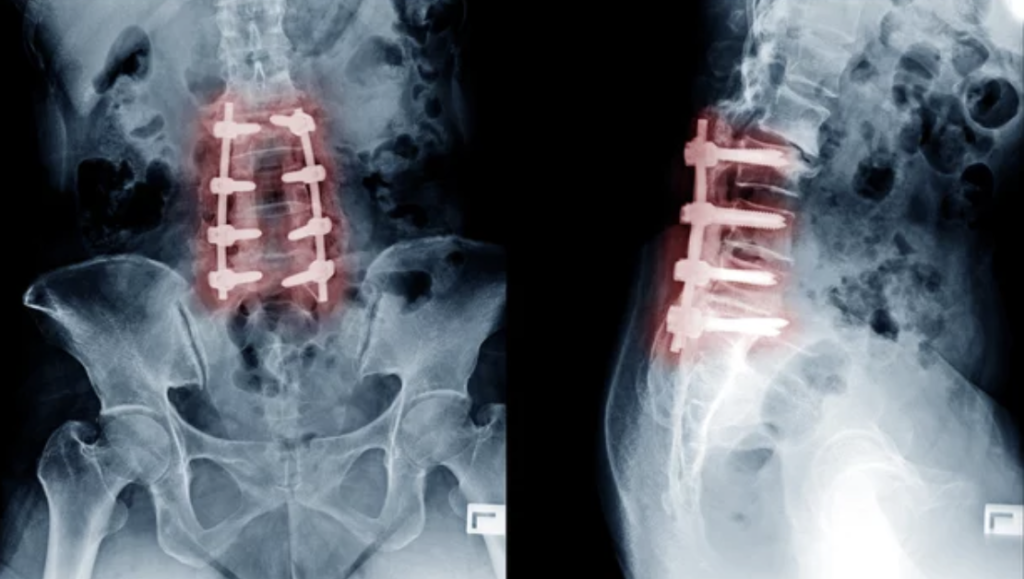Spinal Surgery
Spinal Fusion
Spinal fusion is a surgical procedure that aims to stabilize and immobilize the spine by fusing two or more vertebrae together. It is frequently used to treat a number of spinal issues, such as spinal stenosis, degenerative disc disease, and fractures. In order to encourage bone growth and achieve a strong fusion, bone grafts or implants are put between the afflicted vertebrae during the treatment. This limits motion in the injured area, alleviating pain and averting additional harm.


Laminectomy
A laminectomy is a surgical procedure that involves the removal of a portion of the lamina, a bony plate at the back of a vertebra, to relieve pressure on the spinal cord or nerves. Herniated discs, spinal tumors, and spinal stenosis are among the disorders that are frequently treated with this decompressive surgery. The strain on the compressed nerves is lessened by widening the spinal canal, which reduces discomfort, weakness, and numbness.
Discetomy
A discectomy is a surgical procedure performed to remove part or all of a damaged or herniated disc in the spine. The intervertebral discs serve as cushions between the vertebrae and can press on the spinal nerves, resulting in pain and other neurological symptoms when they are ruptured or injured. During a discectomy, the doctor makes a small incision to reach the disc and remove the problematic portion, which relieves pressure on the nerves and lessens symptoms. When compared to conventional open operations, minimally invasive techniques frequently used result in a quicker recovery and reduced post-operative pain.


